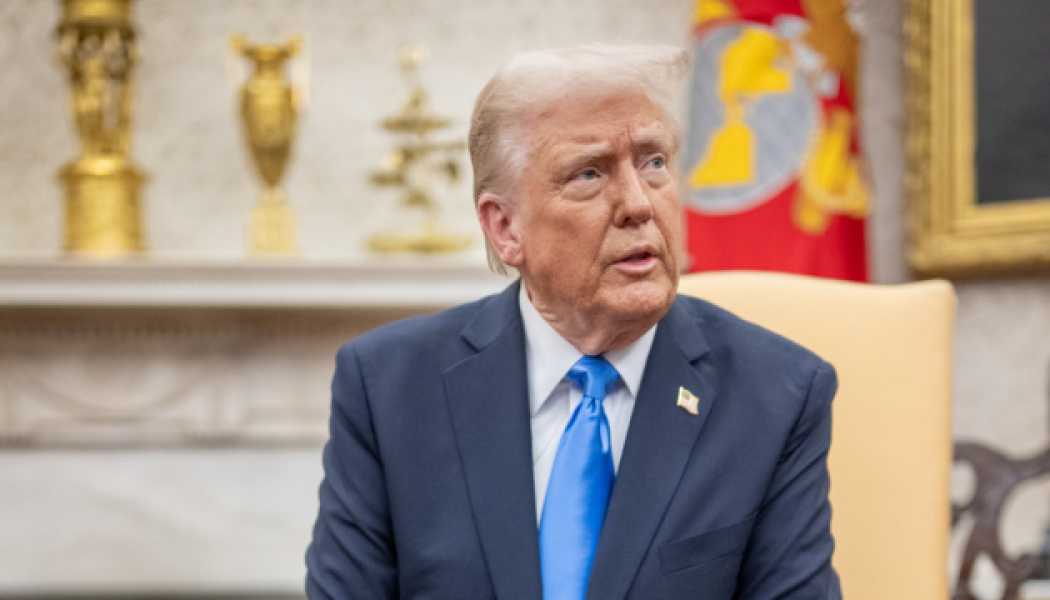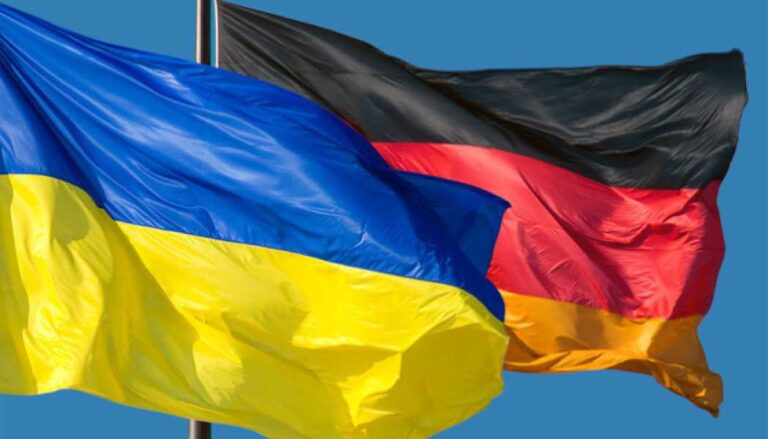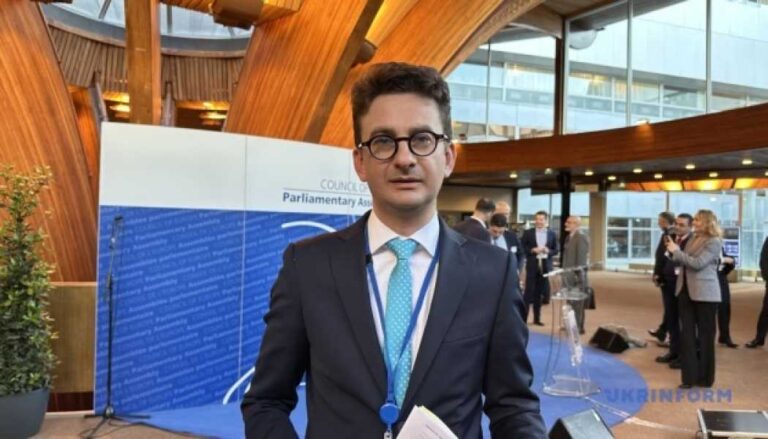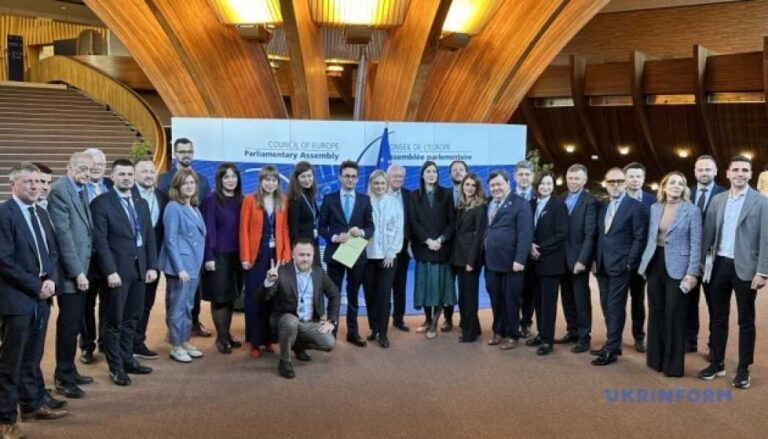Ukraine should take advantage of US dissatisfaction with the results of Trump-Putin talks

US President Donald Trump and Russian President Vladimir Putin held a telephone conversation on Tuesday, March 18, lasting about an hour and a half.
Donald Trump began his conversation with Vladimir Putin on an optimistic note, claiming that a temporary ceasefire in Ukraine could be achieved, but the outcome of the conversation did not seem to meet US expectations.
Despite statements from both sides about their shared interest in de-escalation, the Kremlin’s account of the Trump-Putin call was far more muted than the White House announcement, which indicated that agreed-upon terms for a cease-fire had not yet been determined. Specifically, the White House statement made no mention of “the need for forced mobilization in Ukraine and rearmament of the Ukrainian Armed Forces.”
What are the results?
The results can be divided into two main blocks. The first concerns what the “parties agreed on” (meaning the information that both sides – the Kremlin and the White House – presented in their statements), and the second includes “Putin’s wishes” (reflected only in the Kremlin’s statement).
So, what did Trump and Putin discuss in the context of Ukraine:
The Kremlin's version:
The parties discussed the situation in Ukraine and had a “frank exchange of opinions.”
The 175-for-175 prisoner exchange is scheduled for March 19.
Russia will hand over 23 seriously wounded Ukrainian soldiers as a “gesture of goodwill.”
Putin said that in the event of a ceasefire, Ukraine must suspend mobilization for war and the rearmament of its armed forces for the duration of the ceasefire.
The Kremlin insists on a complete cessation of foreign military aid and intelligence support to Kyiv as the main condition for progress.
Putin supported Trump's initiative to mutually suspend attacks on energy infrastructure facilities for 30 days and “gave the corresponding order to his military.”
During the discussion of the ceasefire regime, Putin stressed the need to create a mechanism to monitor compliance with the ceasefire regime.
The Kremlin said Putin “in principle” wants to end the war peacefully.
Russia and the United States will set up working groups to explore further steps towards a ceasefire and ultimately a peace agreement that is “sustainable and lasting” and addresses the “root causes of the crisis.”
Putin agreed to discuss a “maritime ceasefire in the Black Sea.”
The Kremlin traditionally accuses Ukraine of “barbaric crimes” as well as “sabotage and violation of agreements reached.”
The White House version:
Peace and Ceasefire: Trump and Putin agreed that the war in Ukraine must end with a lasting peace.
First step towards peace: The two leaders agreed on the need for a ceasefire in the energy and infrastructure sectors, as well as to begin negotiations on a ceasefire in the Black Sea.
International negotiations: The United States and Russia will immediately begin dialogue on resolving the conflict in Ukraine on international platforms, including the Middle East.
It is easy to notice that the White House statement lacks many details contained in the Kremlin statement. In particular, there is no mention of the demand for “Ukraine to stop mobilizing and rearming its Armed Forces.” In addition, the White House statement suspiciously does not reflect the Kremlin's demand for a complete cessation of foreign military aid and the provision of intelligence support to Kyiv as a step necessary to prevent escalation. What does this indicate? Obviously, these “wishes” of Putin remained unanswered. The Russians voiced them only to buy time. This was expected. The “working groups” can also get stuck in endless discussions about what the aggressor is not going to agree to. However, it is worth showing understanding and simply reminding that what Ukraine cannot accept is also unacceptable for the United States and Donald Trump. And, of course, it is important to keep allies informed of events and not feed the enemy's illusions.
Ukrinform asked experts for their first-hand impressions of the conversation between Trump and Putin?
“It was a dialogue between two Peles who were talking about different things”
Diplomat Vadim Tryukhan expressed his thoughts in three theses.
Thesis number one: Putin clearly outplayed Trump.
“What Trump was counting on turned out to be unacceptable for the Kremlin. At the same time, in order not to admit the failure of the first stage of negotiations, Trump presented the agreements reached as beneficial for both sides. But in reality, the benefit here is one-sided – and it is on Moscow's side,” the diplomat says.
First, Putin has rejected a full ceasefire outright. A potential pause in attacks on energy infrastructure is advantageous to the Kremlin, which already feels threatened. Ukraine has been launching increasingly bold attacks on oil refineries and gas infrastructure, including successfully deploying its upgraded Long Neptune missile and testing long-range drones with a range of up to 3,000 kilometers (1,864 miles).
“Moscow understands very well that there will be more such attacks, and that is why they are trying to protect themselves. This is also important for internal stability – Russian society is increasingly concerned that
Source: ukrinform.net



